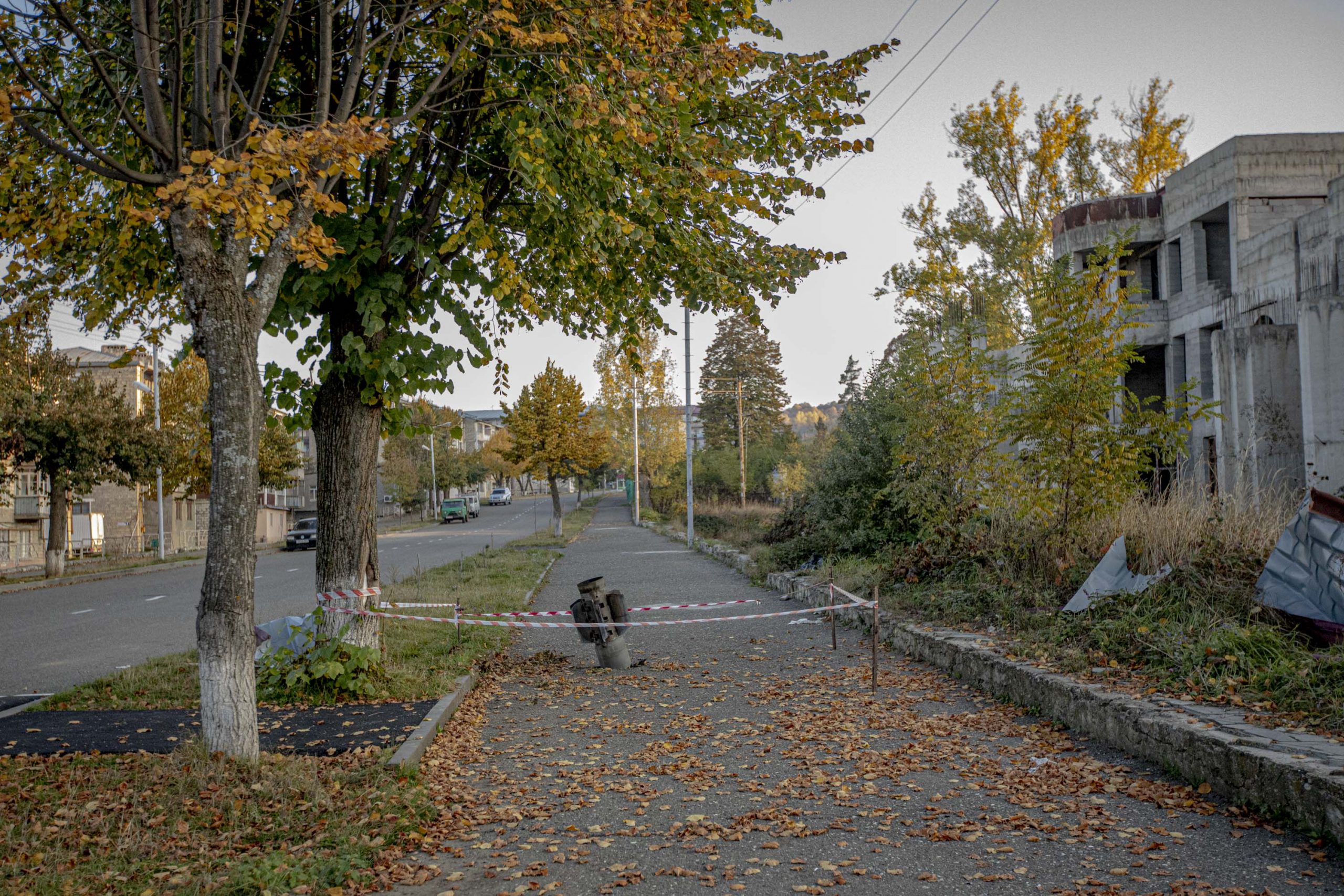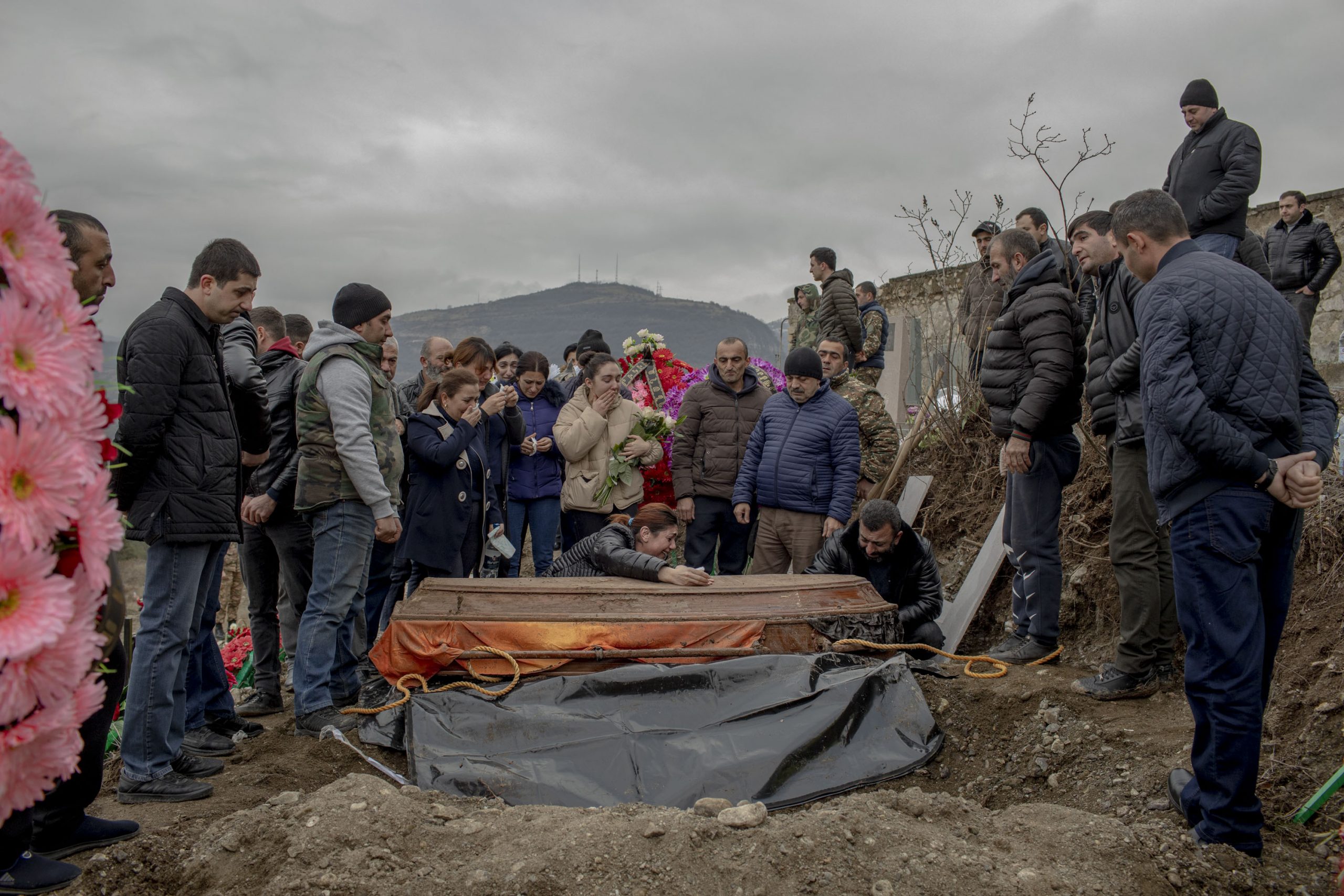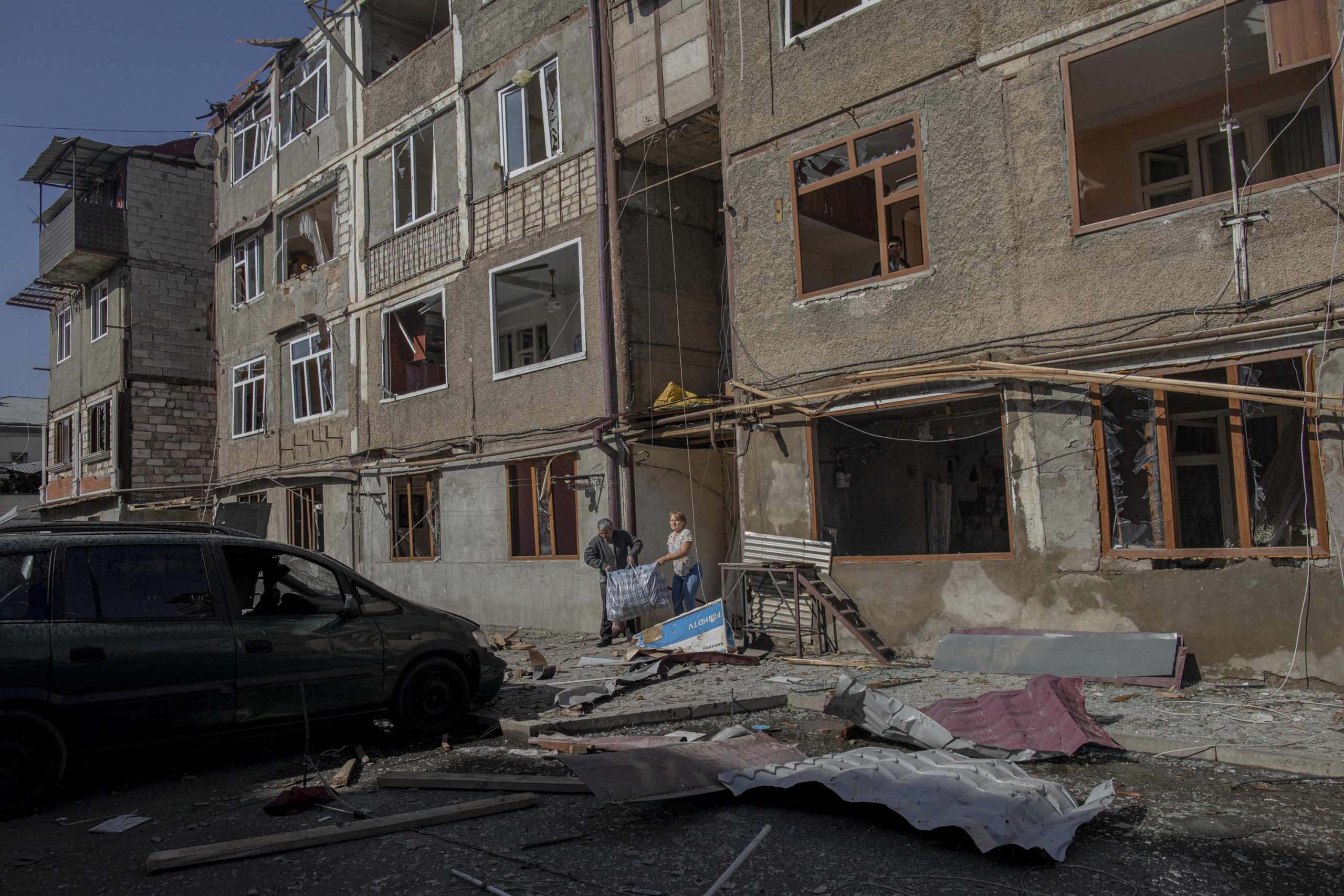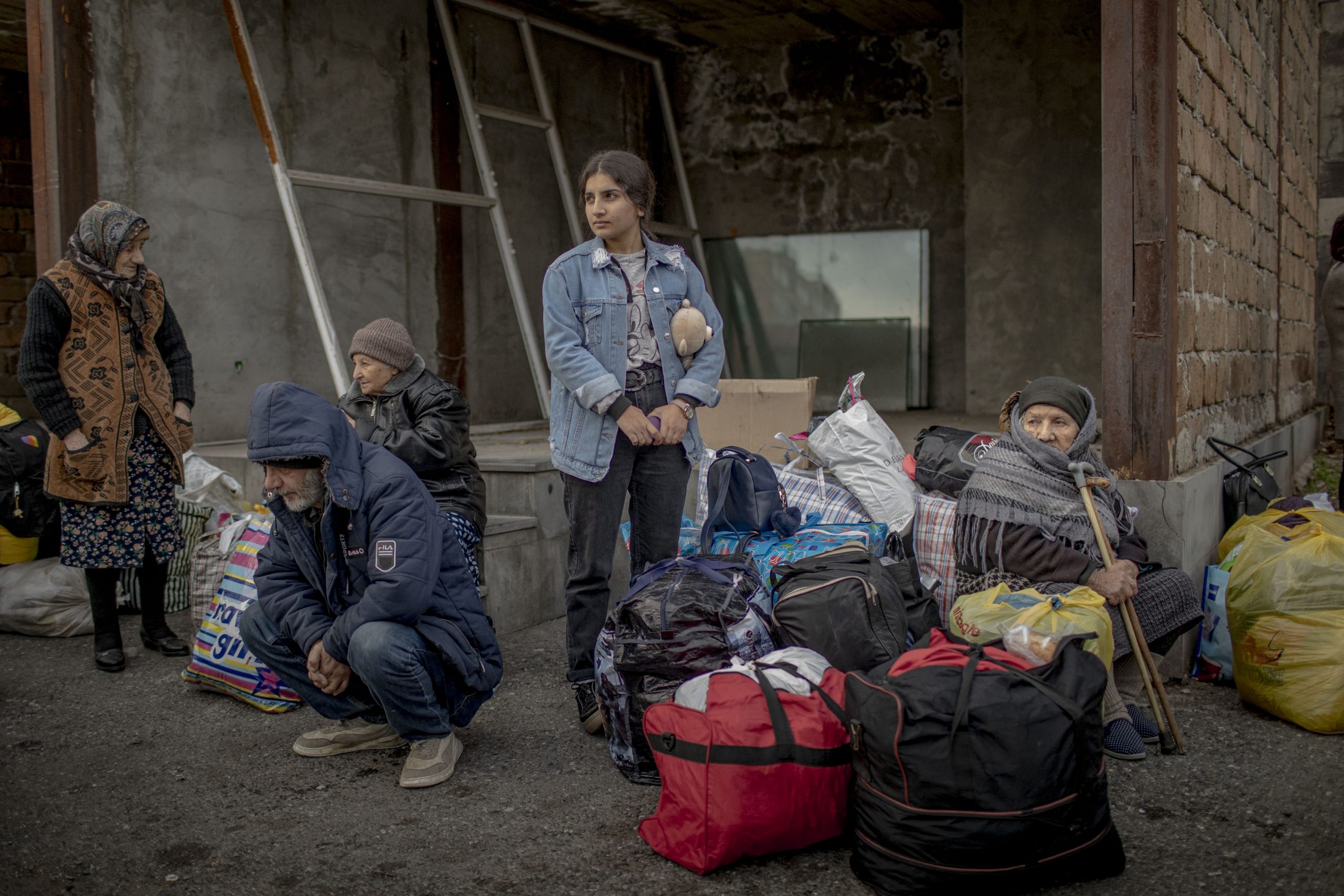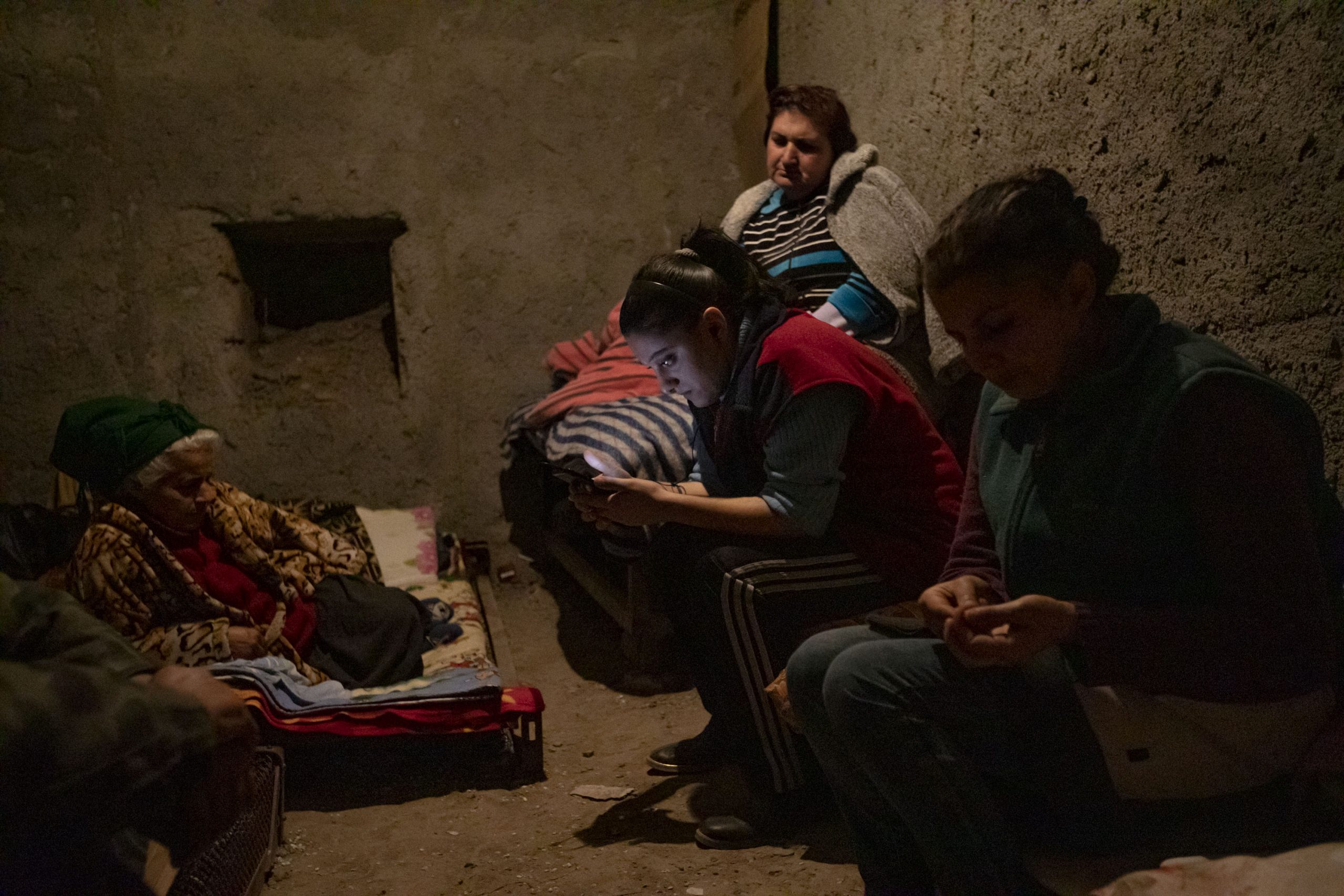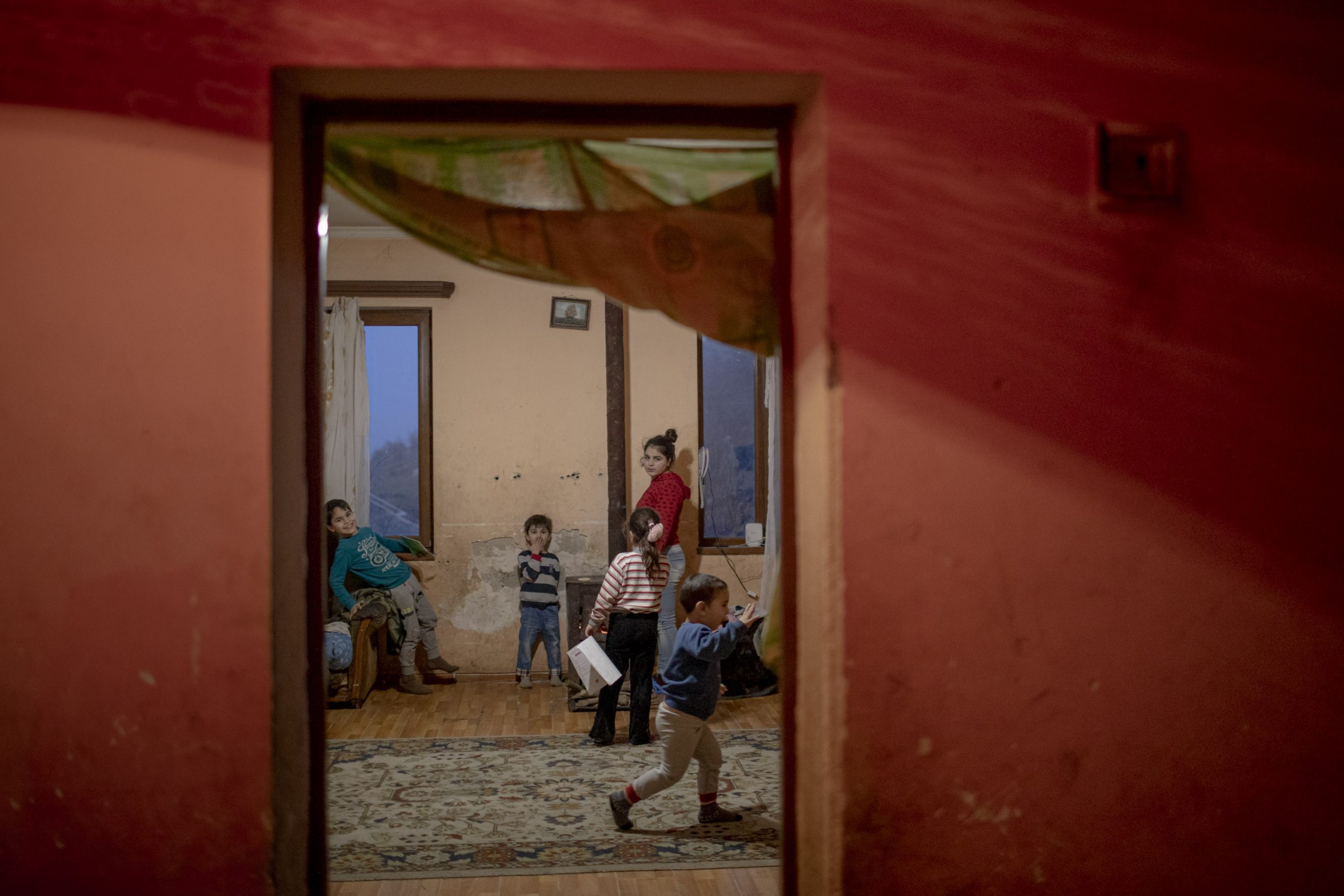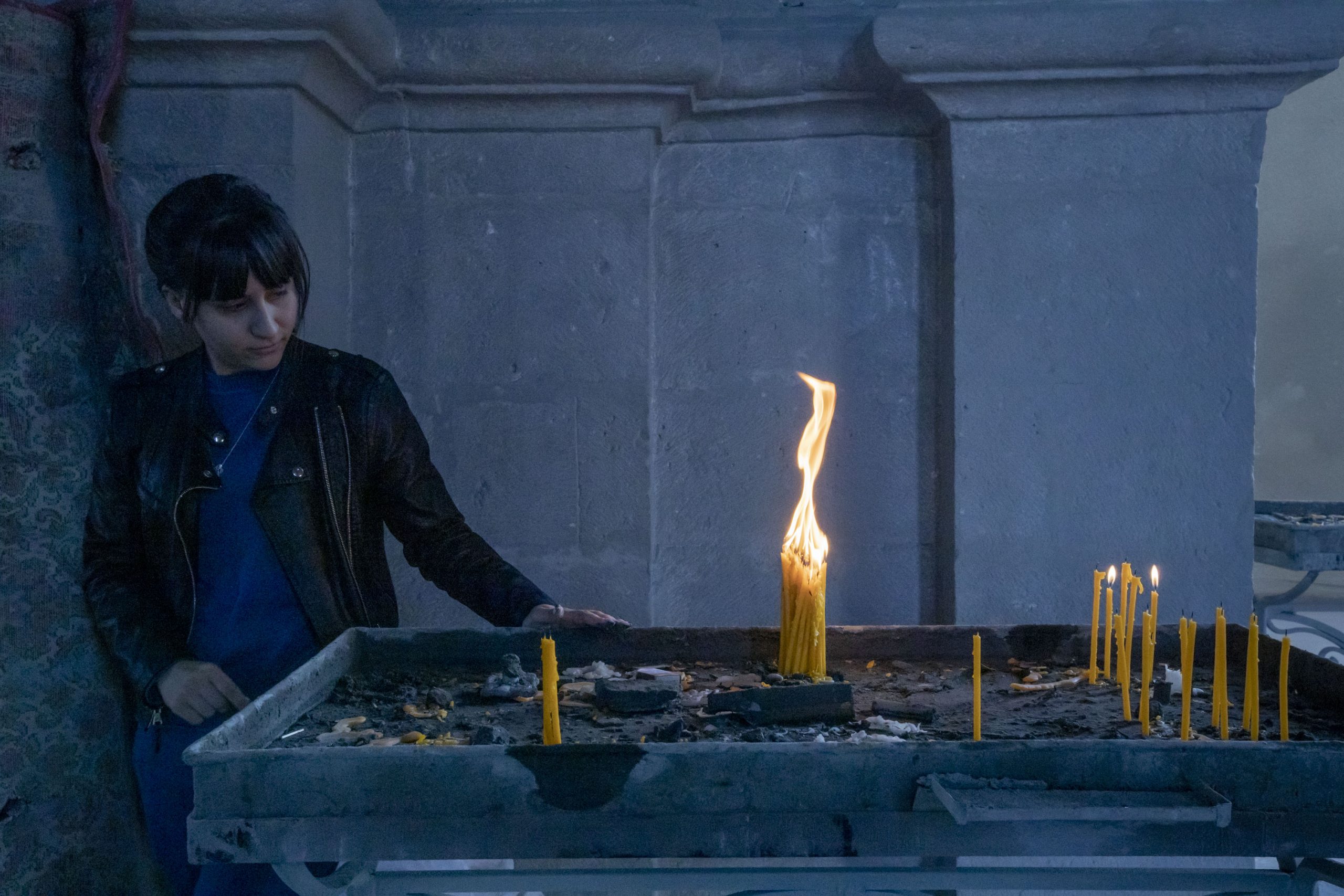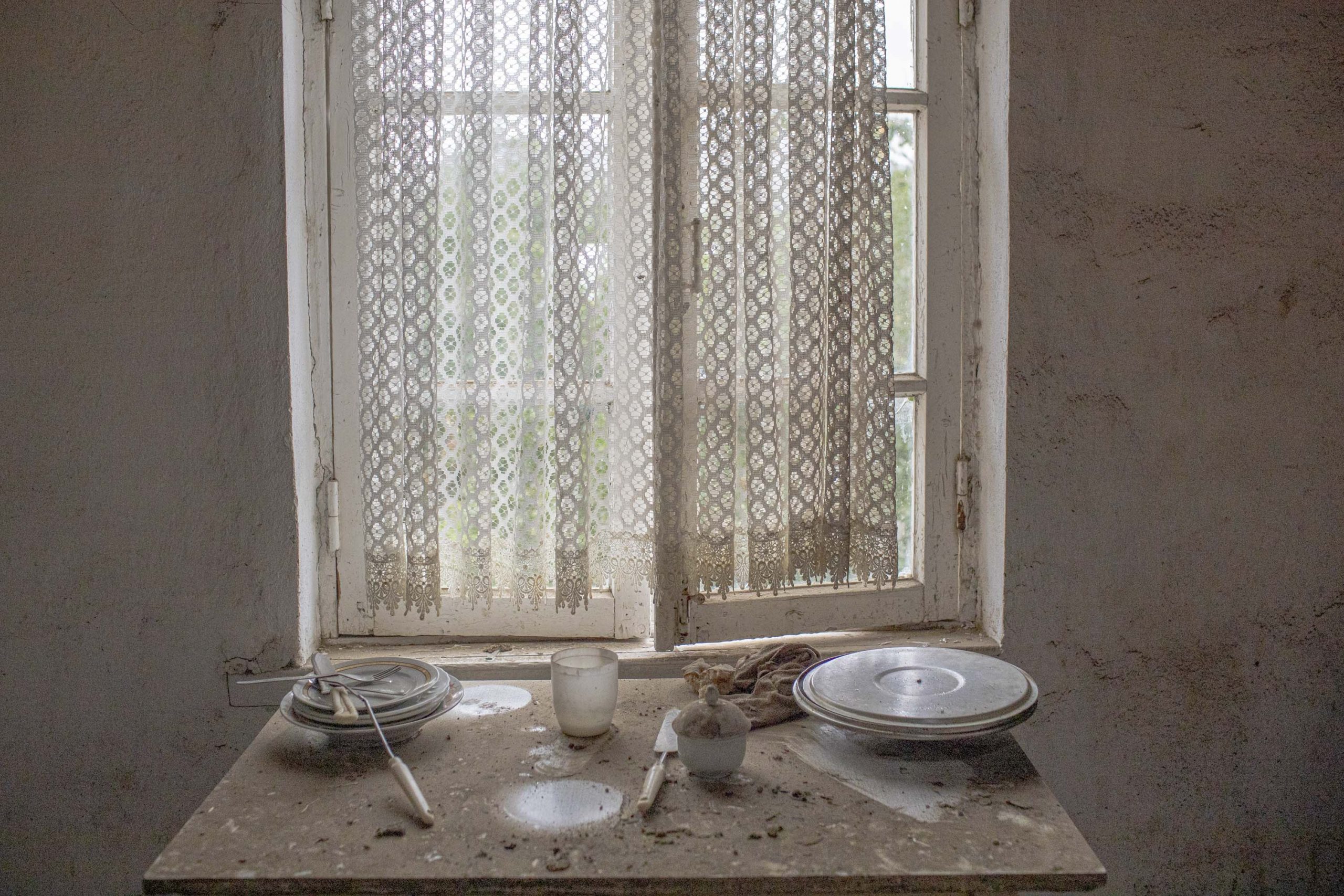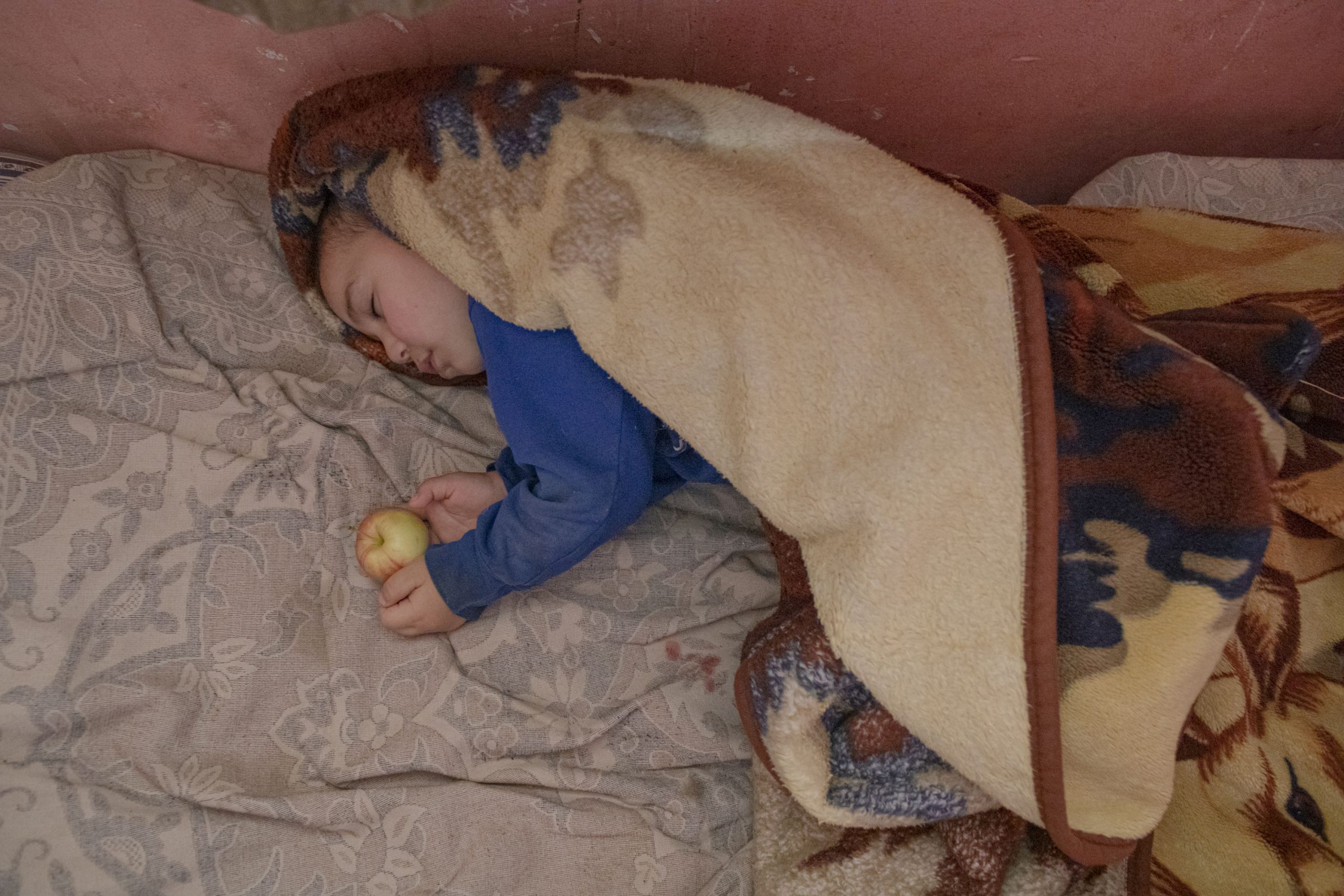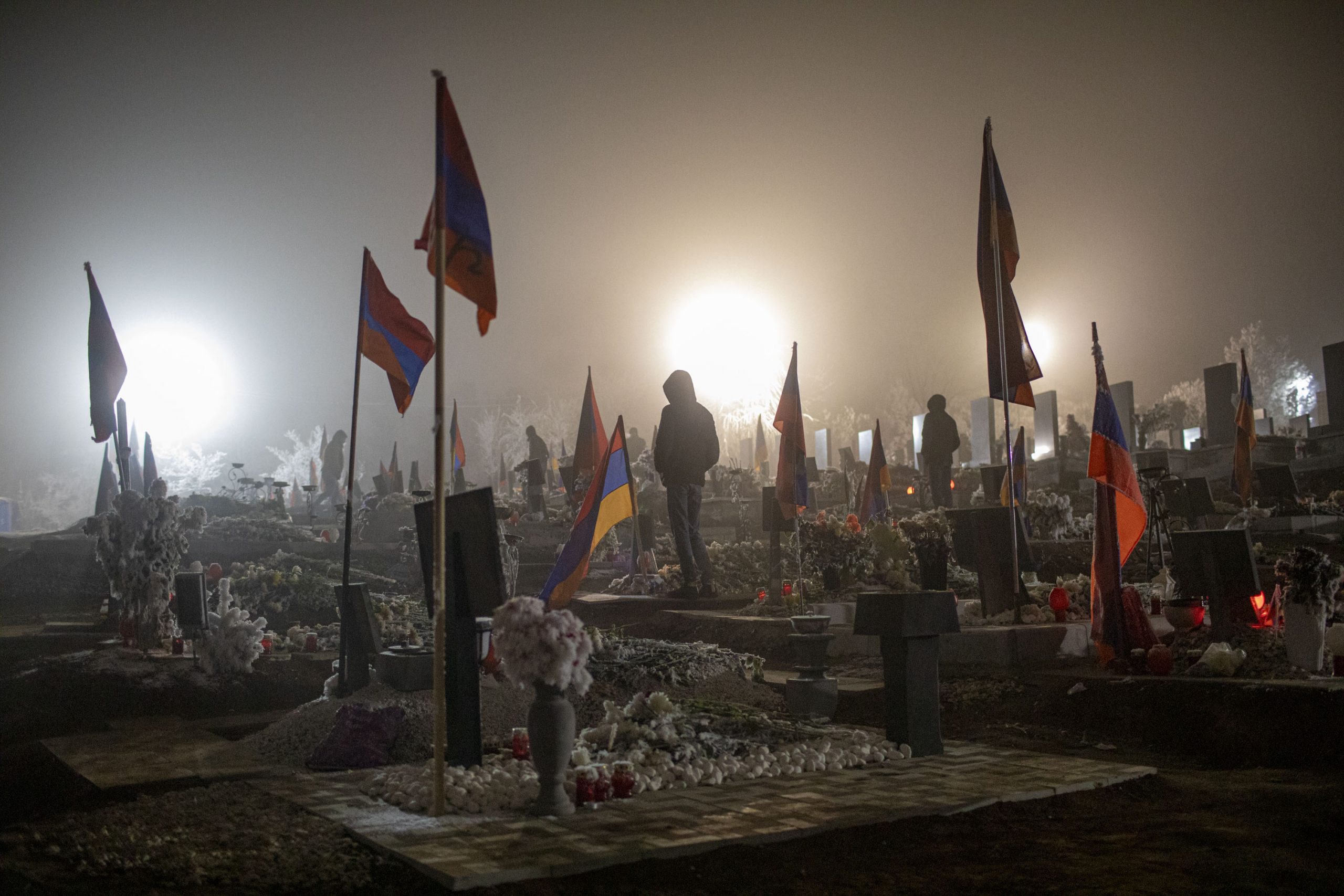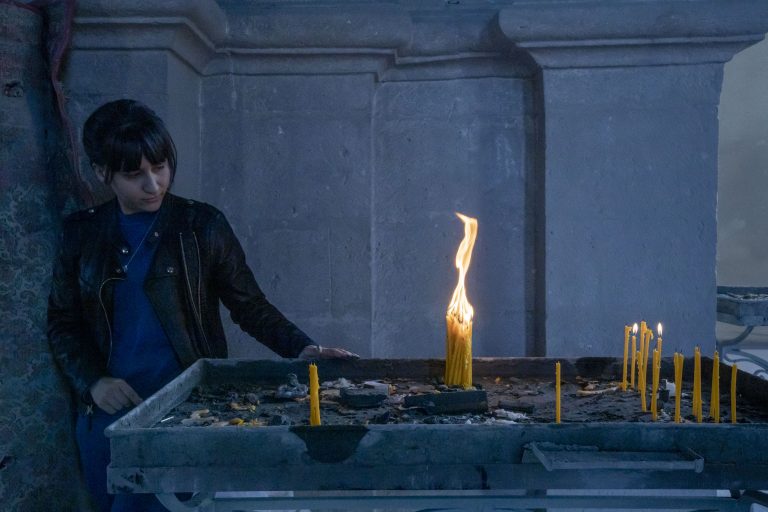By Anush Babajanyan
The Nagorno-Karabakh war with Azerbaijan began on September 27, 2020. It escalated from the frontlines to populated towns and villages and ended on November 10, 2020.
Being Armenian, I found myself in a situation of documenting and experiencing the events on a personal level. I live in Yerevan, five hours away from the largest city of Nagorno-Karabakh, Stepanakert. I was there on September 30, without an assignment but with an overpowering feeling of responsibility to photograph. In the following days there was no longer a frontline; the conflict eventually covered the entire territory of Nagorno-Karabakh.
The war ended with a ceasefire negotiated by Russia, and with Azerbaijan gaining control of a part of Nagorno-Karabakh and surrounding regions. Over 5,000 people died in this conflict on both sides. This story focuses on the people living in Nagorno-Karabakh, through a war and continuing uncertainty.
